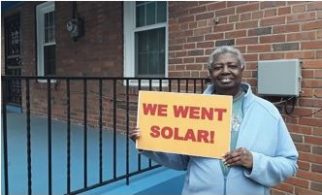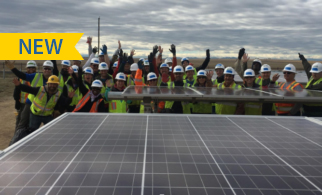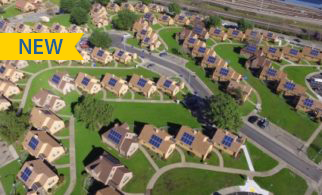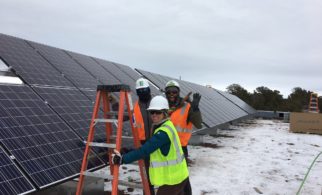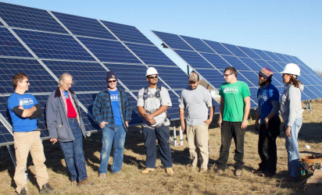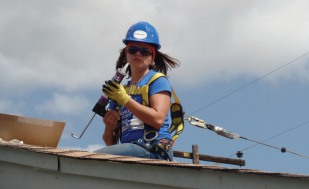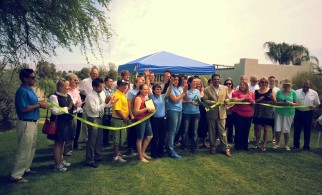Property Assessed Clean Energy
Guiding principles: Accessibility and Affordability, Compatibility and Integration, Sustainability and Flexibility
Barrier addressed: Cost
Property Assessed Clean Energy (PACE) programs allow property owners to use municipal bonds to finance energy efficiency, solar and other qualifying green retrofits, and repay them through a special assessment on their property tax bill. This arrangement spreads the cost of a new solar energy system out across a 20-year payment plan that is easily transferable to the next property owners. The annual payment is typically less than the power bill savings generated by the improvements. PACE primarily serves property owners but can produce energy savings for tenants if their landlords participate.
Municipalities in more than 20 states and the District of Columbia currently operate PACE programs or have enacted PACE-enabling legislation. Most of the jurisdictions that enable PACE only allow it for commercially-owned buildings, but this could include multifamily affordable housing owners. Three jurisdictions – California, Florida, and Missouri – allow residential property owners to utilize PACE assessments.
In 2016 the Department of Energy released an update of its Best Practices Guidelines for Residential PACE Financing, which includes additional consumer protections for low-income households such as recommendations for structuring PACE financing so that it is cost-effective for low-income participants. Despite DOE’s updated guidance, states and local governments should exercise great care in making PACE financing available for this customer group. Several consumer protection groups have recommended additional measures such as crafting strong rules to protect homeowners from abusive sales practices, and screening low-income customers to determine if they could benefit from lower-cost or free improvements via other programs before taking a PACE loan.
